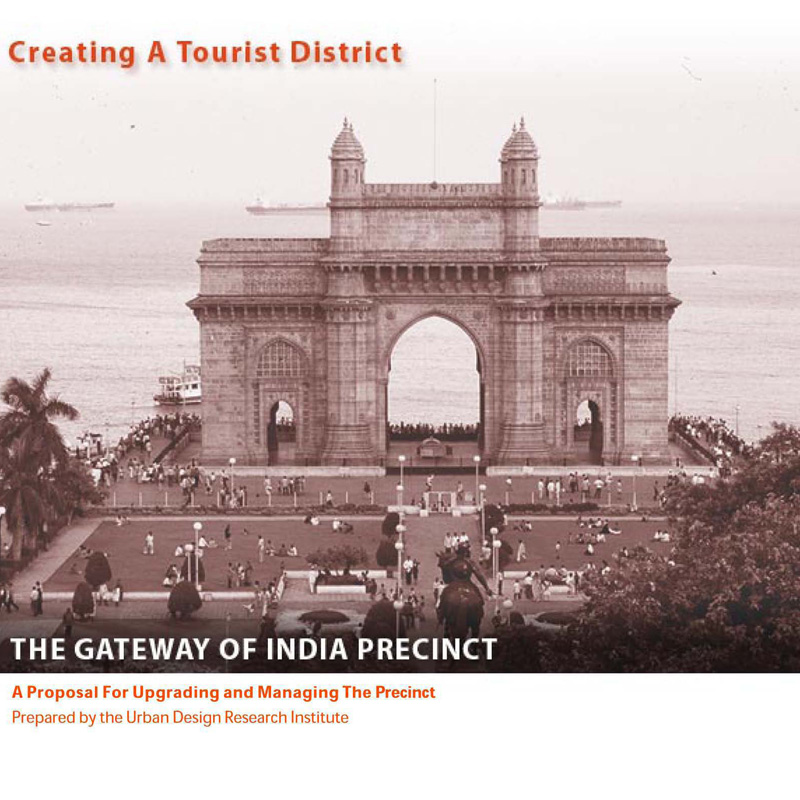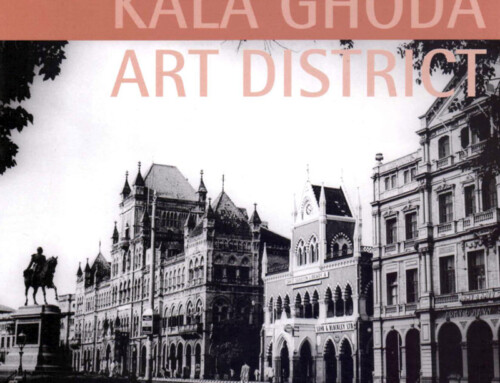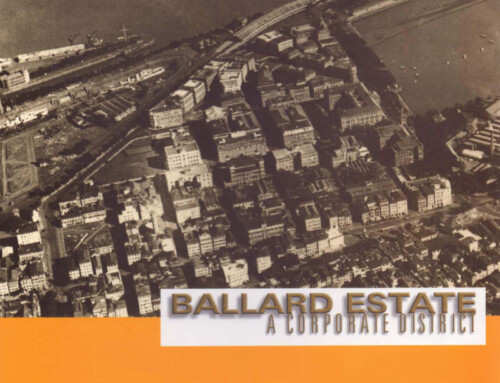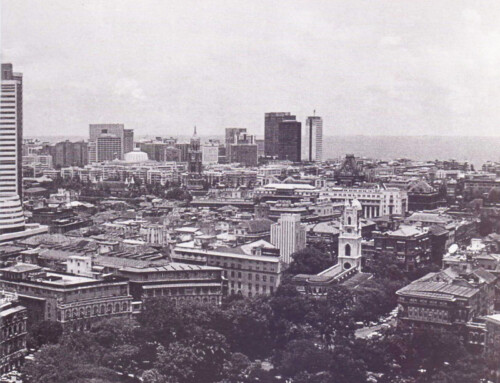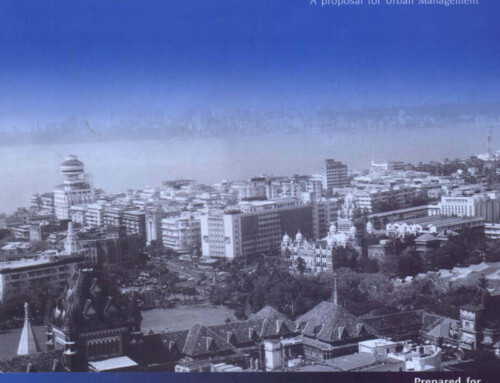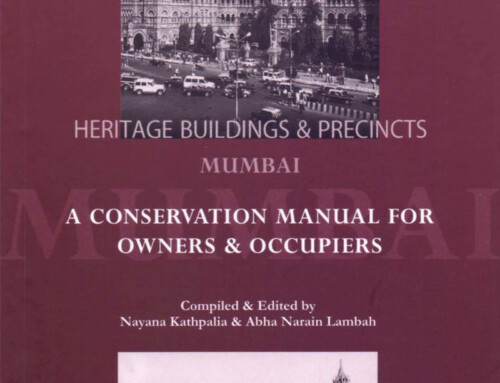Project Description

Creating A Tourist District – THE GATEWAY OF INDIA PRECINCT
A Proposal For Upgrading and Managing The Area
“Creating A Tourist District –THE GATEWAY OF INDIA PRECINCT” is available for reference and purchase at UDRI Resource Centre.
PREFACE
The Gateway of India Precinct is the most prominent of the 14 sub-precincts within the Fort Precinct in South Mumbai. This area has a rich array of historic buildings and numerous hotels, shops and other businesses that cater to visitors from within and outside the city and country. As a result it has become the hub of tourist activity with a variety of landmarks, heritage buildings and a vital street life. For any tourist, domestic or foreign, this area becomes an integral part of the experience of visiting Mumbai and provides a sampling of the varied images and flavours of the city.
This area is popular for Mumbai’s citizens as well, as it is both a major urban space and a business district with a large number of shops, both formal and informal, that serve their needs. Over the years the prominence of the area has been increasing with more businesses springing up here, focusing on tourist activity in the area and creating a buzz and vitality that attracts visitors to the city.
In addition, not only does a substantial permanent population reside in this area, but many notable and important buildings of the city are also located within the precinct. The Gateway of India precinct is characterised by a mixture of different usages- form the intensely public to the private. This has led to ambivalence between the demands of the users and tremendous pressure the precinct is undergoing with regard to its infrastructure and environment.
TABLE OF CONTENTS
- The Idea of a Tourist District
- The Tourist District of the City
- Demarcating the District
- Historical Evolution of the Colaba Precinct
- Important Buildings, Monuments and Statues
- Landuse Patterns
- Residential Use
- Commercial Use
- Institutional Buildings
- Religious Buildings
- Heritage Building
- Service Facilities for the Area
- The Existing Streetscape
- Street Network
- Transport
- Hawkers
- Street Furniture
- Emerging Patterns
- Infrastructure
- Public Spaces
- Existing Streetscape
- Tourist Facilities
- Management Issues
- Action Plan for Area Conservation
- Addressing the Issues
- Implementation Strategies
- About UDRI
- Acknowledgements
